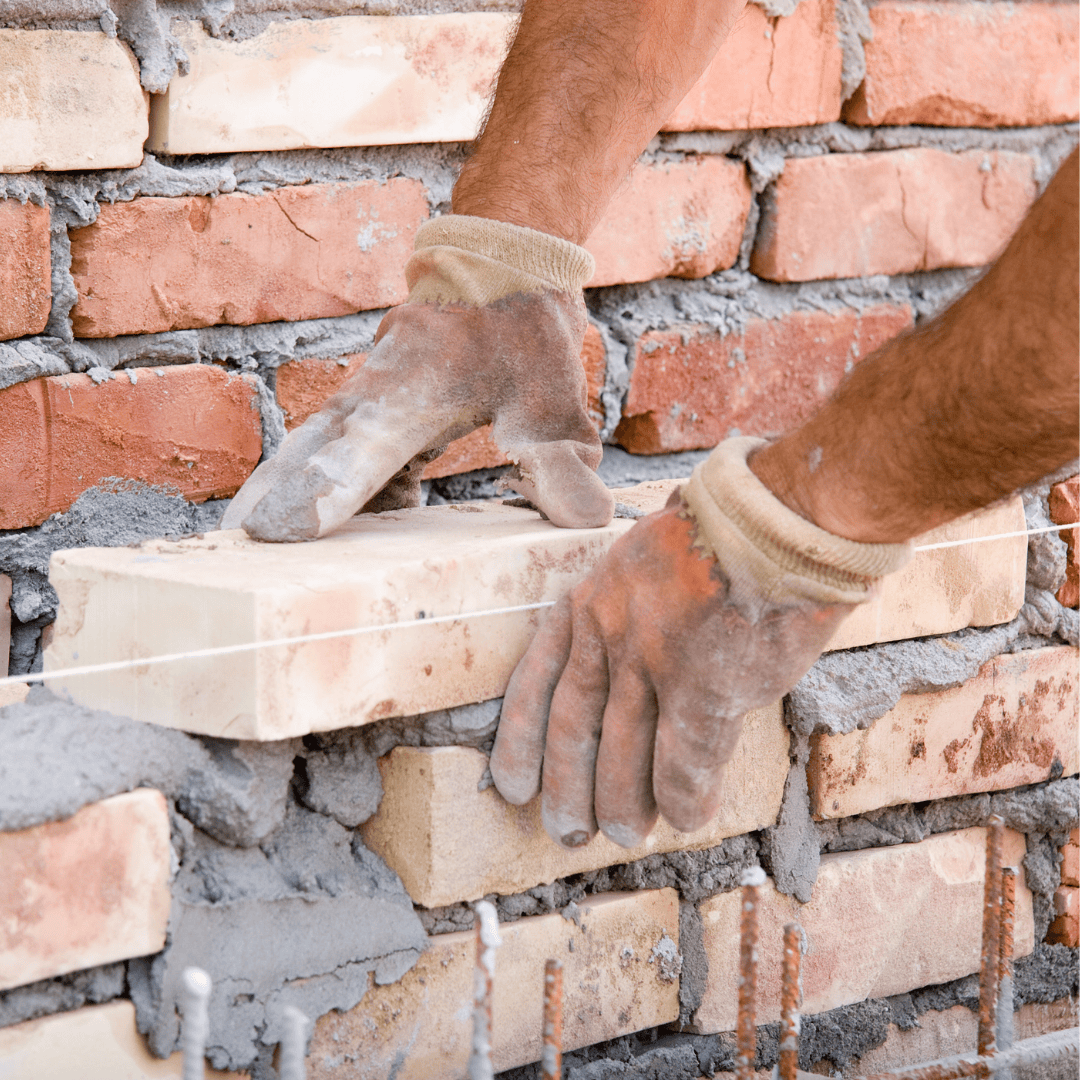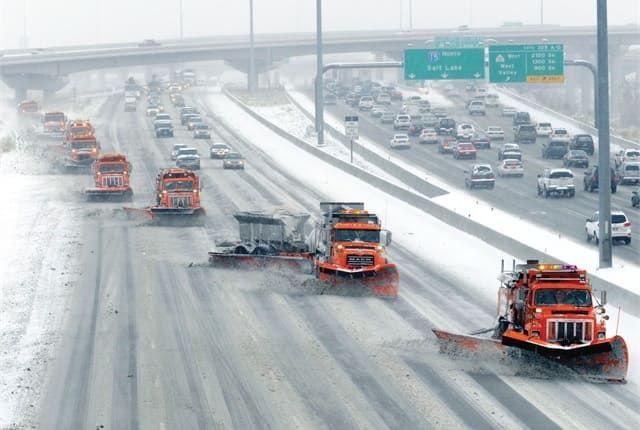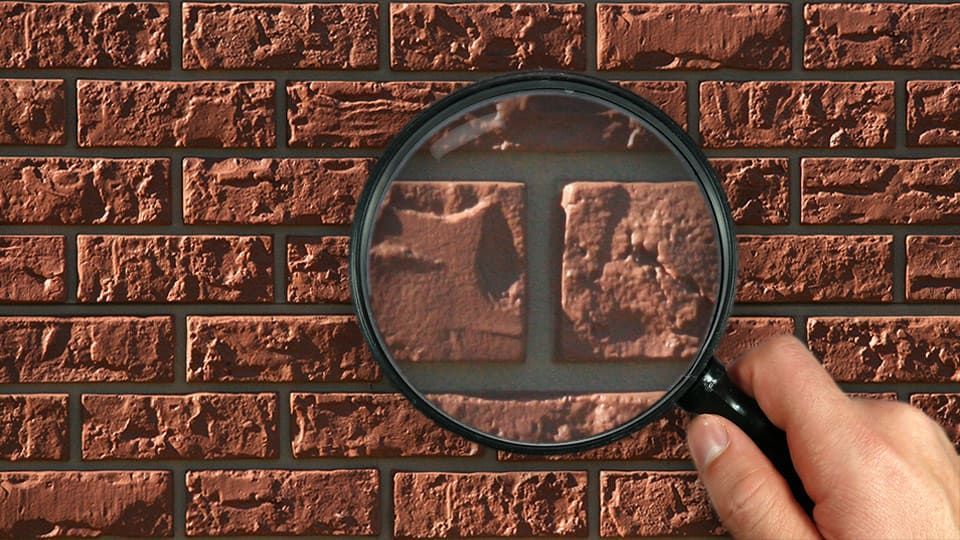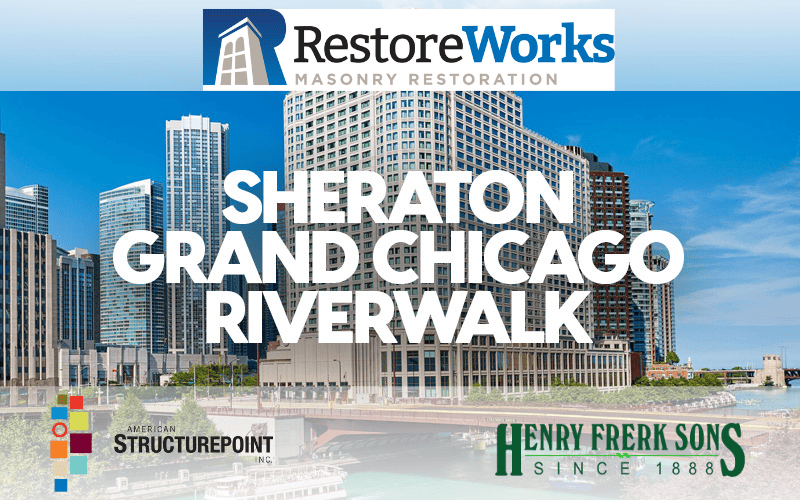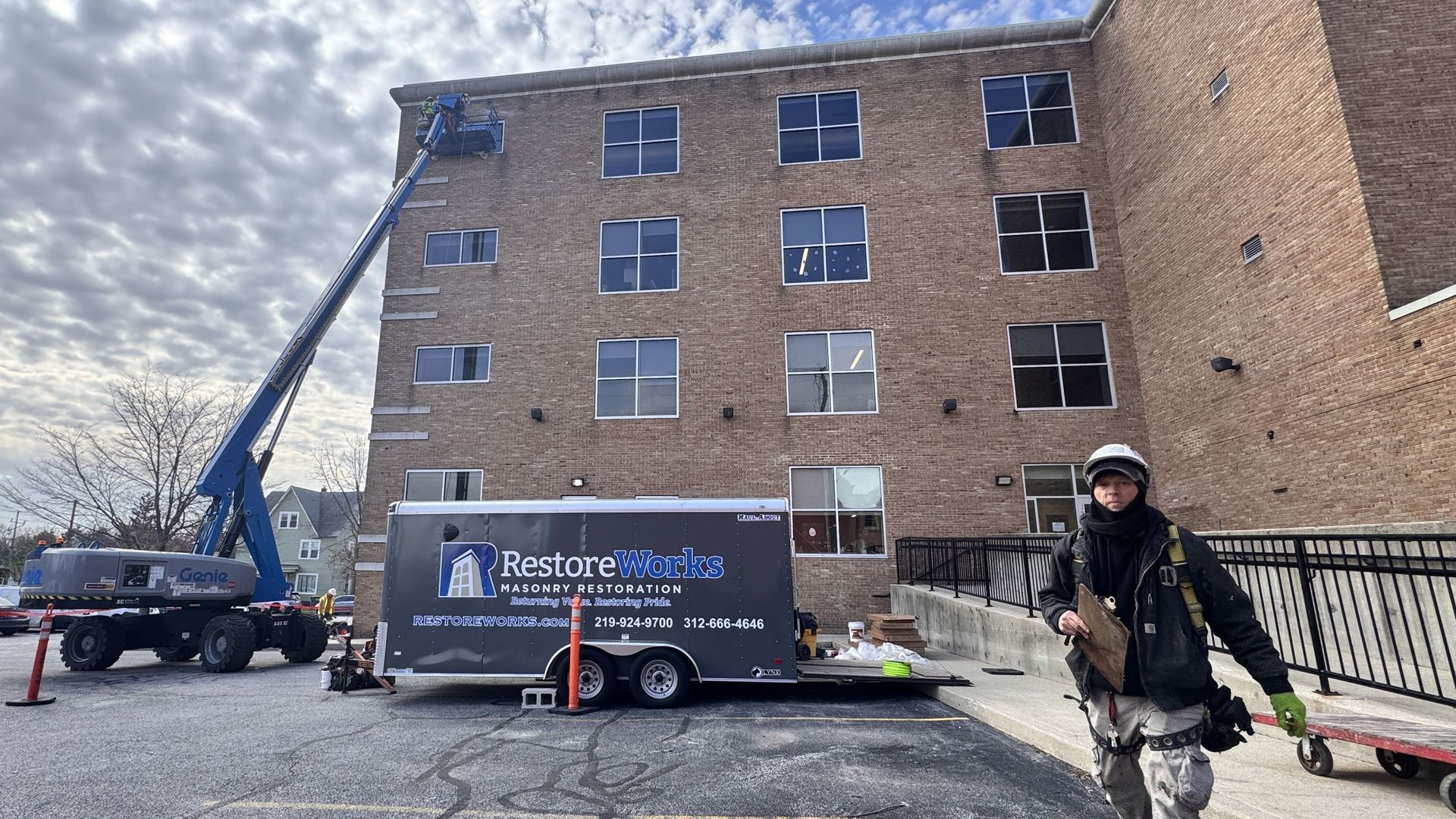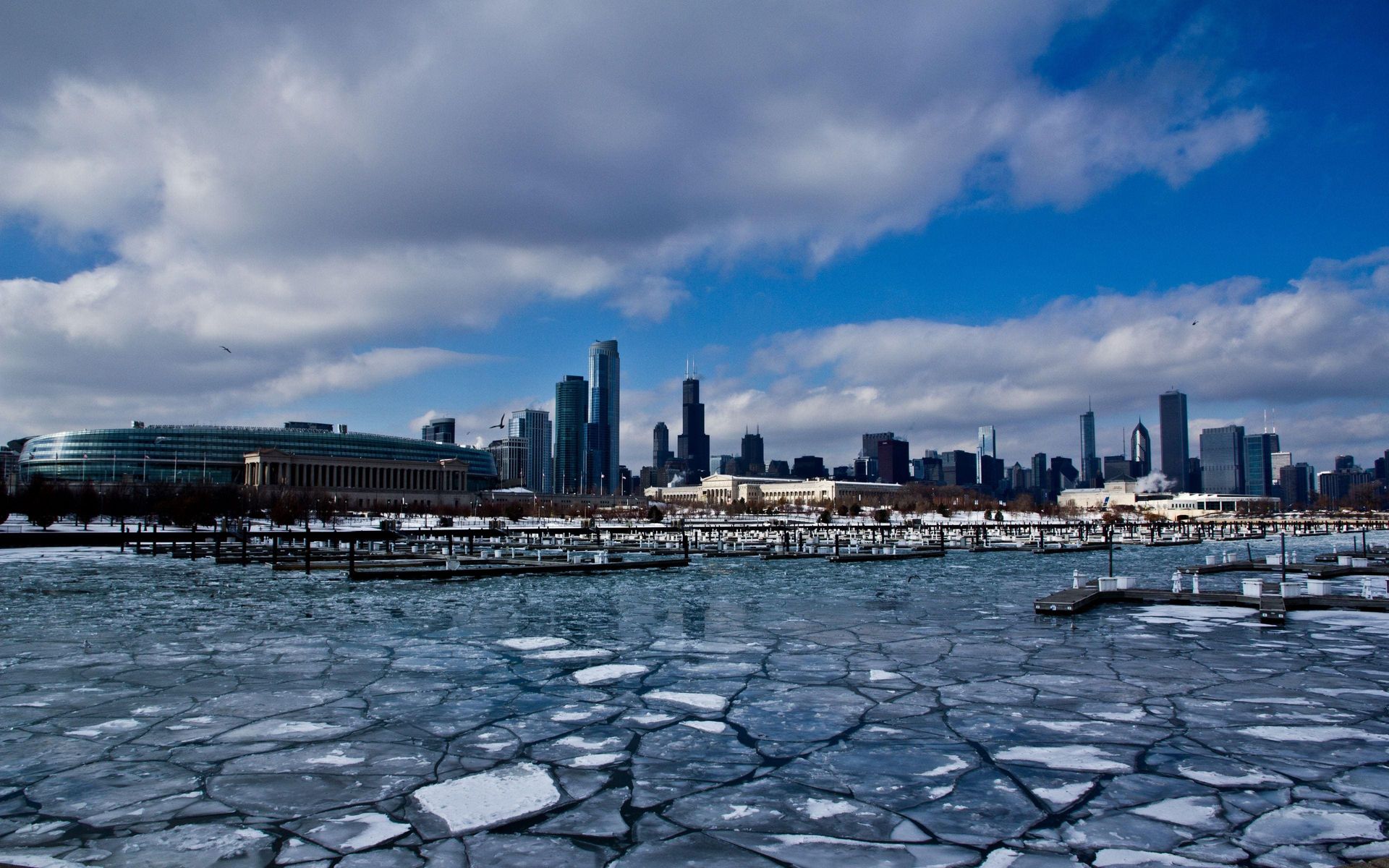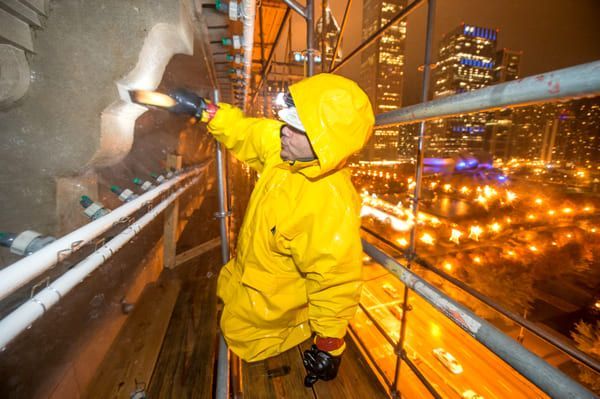Aging or damaged masonry presents building professionals with a critical decision: should the structure be restored or replaced? This choice impacts everything from cost and appearance to sustainability and long-term performance. At RestoreWorks, we understand how delicate this decision can be. Let’s explore the factors that can guide you toward the best solution for your building.
Understanding Masonry Restoration and Replacement
Masonry Restoration focuses on repairing and preserving existing masonry to address issues like cracks, deteriorating mortar, or staining. This approach prioritizes maintaining your building’s original character. A commercial masonry restoration contractor like RestoreWorks will be able to provide techniques that are best for your building type.
Masonry Replacement involves removing and reconstructing parts or the entirety of a masonry structure. Replacement becomes necessary when the existing masonry is structurally unsound or when restoration is no longer cost-effective.
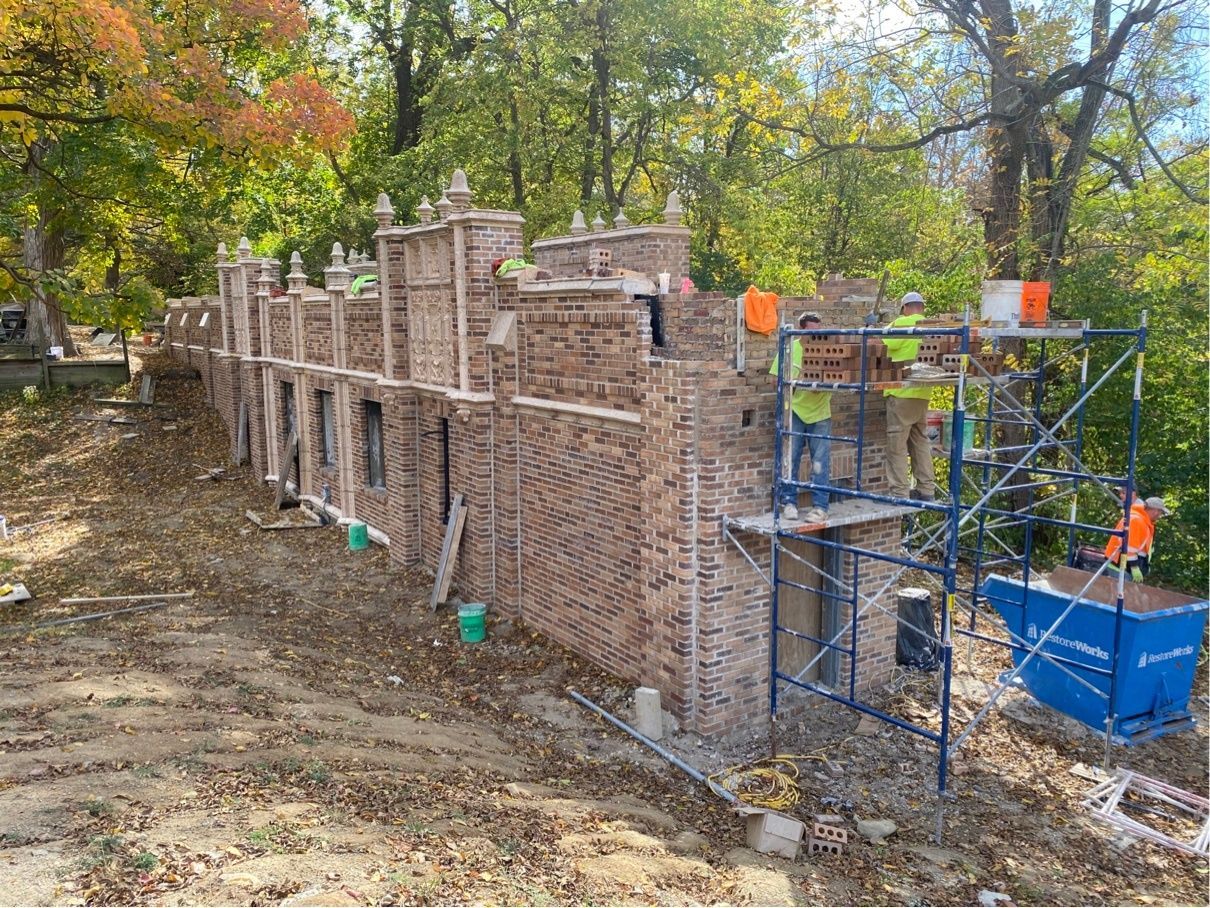
When Restoration is the Better Option
In many cases, restoration is the ideal choice for addressing localized issues while retaining the building's architectural identity. Here’s why restoration is often the first choice:
1. Preservation of Architecture
For historic or architecturally significant buildings, restoration retains the craftsmanship and materials that define their character. Modern replacements usually lack the authenticity and historical value of original materials.
2. Cost Savings
Restoration can be significantly more cost-effective than replacement, saving up to 40% in some cases. For instance, repointing brickwork costs between $15 and $30 per square foot, while full replacement can range from $30 to $50 per square foot.
3. Environmental Sustainability
Restoration reduces waste and the need for new materials, lowering the project’s carbon footprint. By preserving what’s already there, restoration aligns with green building practices and helps buildings qualify for sustainability certifications like LEED.
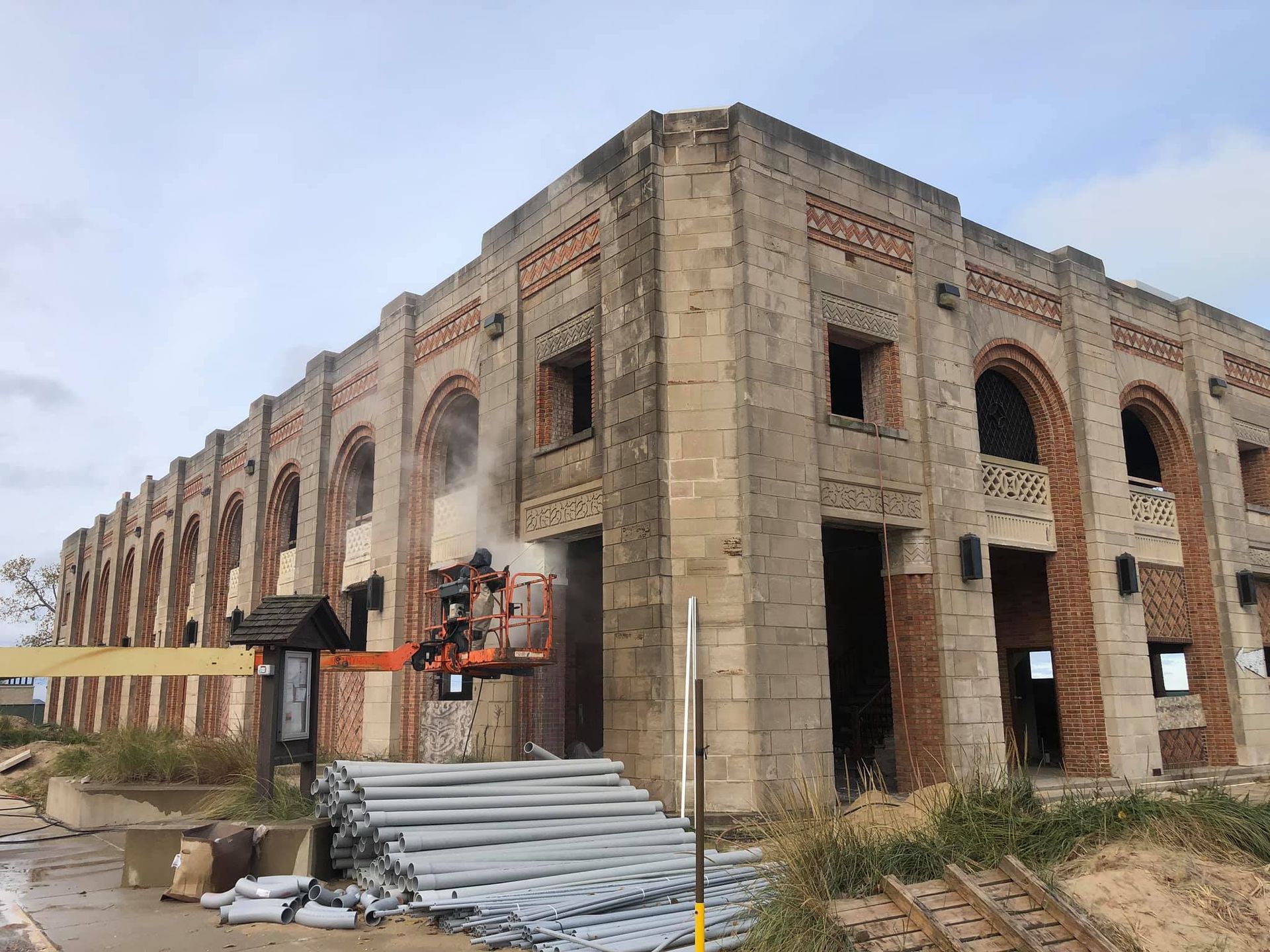
When Replacement is Necessary
While restoration is often preferred, there are situations where replacement is the more practical (or only) solution.
1. Severe Structural Damage
Bulging walls, large cracks, or widespread spalling (crumbling masonry) indicate structural issues that restoration cannot address.
2. Material Degradation
Years of water infiltration, freeze-thaw cycles, and general wear can degrade masonry beyond repair. In these cases, replacement ensures the safety and longevity of the structure.
3. Long-Term Cost Considerations
Though replacement has higher upfront costs, it can provide better value if ongoing maintenance for restored masonry would be excessive or if new materials offer enhanced durability.
Key Considerations When Choosing
1. Structural Integrity
Have a masonry professional conduct a thorough assessment of the structure’s condition. This inspection will determine if existing materials can safely support the building after repairs.
2. Building Code Compliance
Modern safety, energy, and accessibility codes may require upgrades that restoration alone cannot accommodate.
3. Aesthetics and Historical Preservation
For buildings with historical significance, restoration is often the only way to maintain their unique visual and cultural identity.
Case Study: The Power of Restoration
The Old Chicago Main Post Office is an example of restoration’s potential. Once abandoned, this iconic building underwent an $800 million renovation to become the largest historic redevelopment project in the U.S. Had the building been demolished and replaced, costs would have exceeded $1 billion. Restoration saved over $200 million and preserved a piece of Chicago, a win for both economics and history.

Sustainability Matters
Restoration is the ultimate form of sustainability. By reusing existing materials and reducing demolition waste, restoration helps achieve environmental goals and supports certifications like LEED. Replacement, while necessary in some cases, comes with a higher environmental impact due to material production and waste.
Proactive Maintenance: The Best Investment
Regular inspections and preventative maintenance can identify masonry issues before they escalate. Addressing minor problems early extends the life of a structure and can postpone or eliminate the need for costly replacements.
Consult the Experts at RestoreWorks
The decision to restore or replace masonry is complex, depending on factors like structural condition, appearance, and long-term goals. As union masonry specialists, RestoreWorks partners with property managers, architects, and engineers to provide solutions that protect your building.
Contact RestoreWorks today for a professional assessment of your masonry needs. Let’s preserve your building’s future together.

